
After a couple days of rain, yesterday dawned clear. The surf cams showed a small clean swell here in Guethary but the tide was very low, so I made my way up to Landes in search of a good beach break. Unfortunately, the swell was dropping fast and I couldn't bring myself to go out in the knee-high perfect barrels of Tarnos. Instead I returned home.
Karen has become interested in watching French films (in French with no subtitles!), so we decided to walk the five+ miles into Saint Jean de Luz to see the new Marion Cotillard film, Deux Jours et une Nuit. We were a little short on time, so we took the shorter route which touches the Sentier Littoral (coastal trail) but misses most of the spectacular parts.
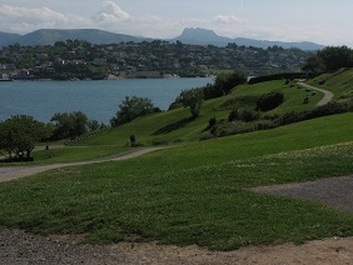
We covered the last mile to the cinema and made it with just minutes to spare. I'm not sure I can recommend the film. It's the very unlikely story of a young depressive woman who must convince the majority of her coworkers to give up their bonuses so that she can keep her job. Marion Cotillard is a great actress and I can't say the film is without merit, but maybe it's a bit too self-involved for me.
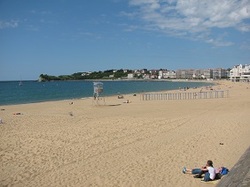
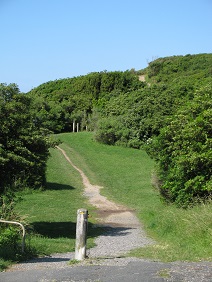
The trail quickly climbs along the edge of the cliff where you have breathtaking views south towards Spain and north to Landes. To the South, the Sentier Littoral winds around Saint Jean de Luz and Ciboure and continues south along the Corniche down to Heydaye and the Spanish border. Other coastal trails continue from there into Northern Spain. To the north, the trail goes to Bidart, the village just beyond Guethary, passing at least a dozen reef and point breaks.
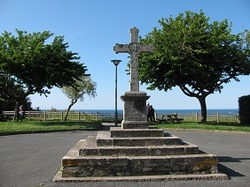
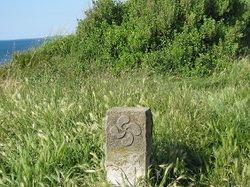
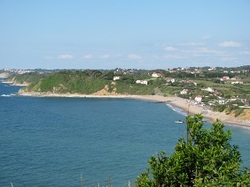 Erromardi
Erromardi 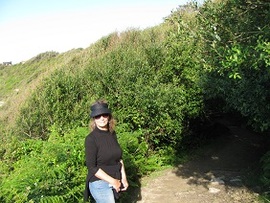 Karen entering the 'hidden' trail at Lafitenia
Karen entering the 'hidden' trail at Lafitenia 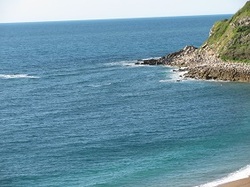 The famous Lafitenia surf break (flat)
The famous Lafitenia surf break (flat) 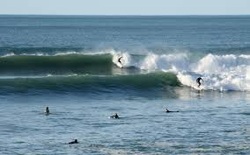
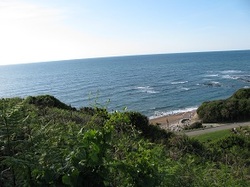
Passing the campgrounds you cross into Guethary at Cenitz beach. The road ends and you're back on a trail that winds up the Cenitz hill. Karen and I often watch sunsets from here and the picture of us at the top of my homepage is taken from the hill at Cenitz looking south. The picture above is looking northwest. Cenitz has a small restaurant above its mostly rocky beach but is a popular surf break with a left point/reef to the south, a left and right reef in the center, and a right point/reef on the north end. Just beyond that is the famous big-wave break of Avalanche. You can see the 6 inch waves of Avalanche on the far right of the photo above.
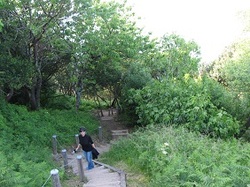 Karen descending the trail to Les Alcyons
Karen descending the trail to Les Alcyons 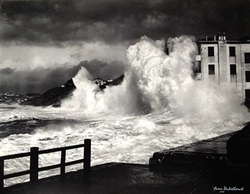
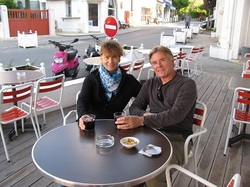
True, there was no surf to be had, but our 11-mile hike in one of the most beautiful places in the world guaranteed us an appetite for another superb Basque dinner.
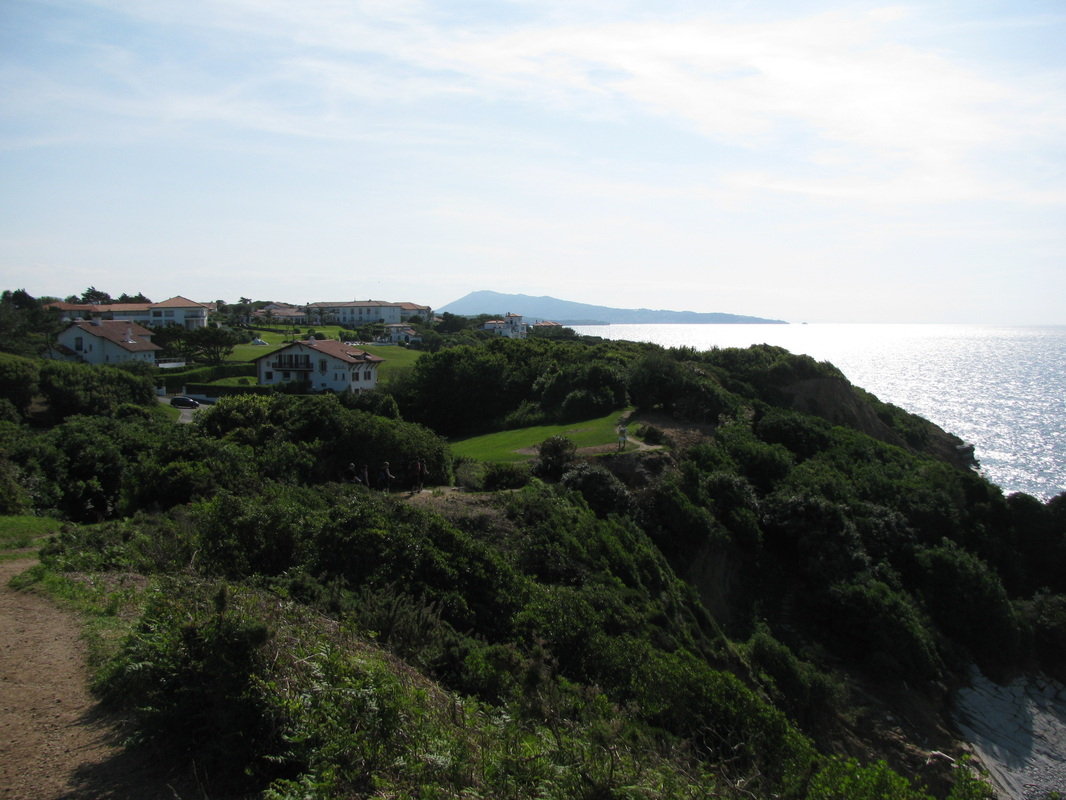
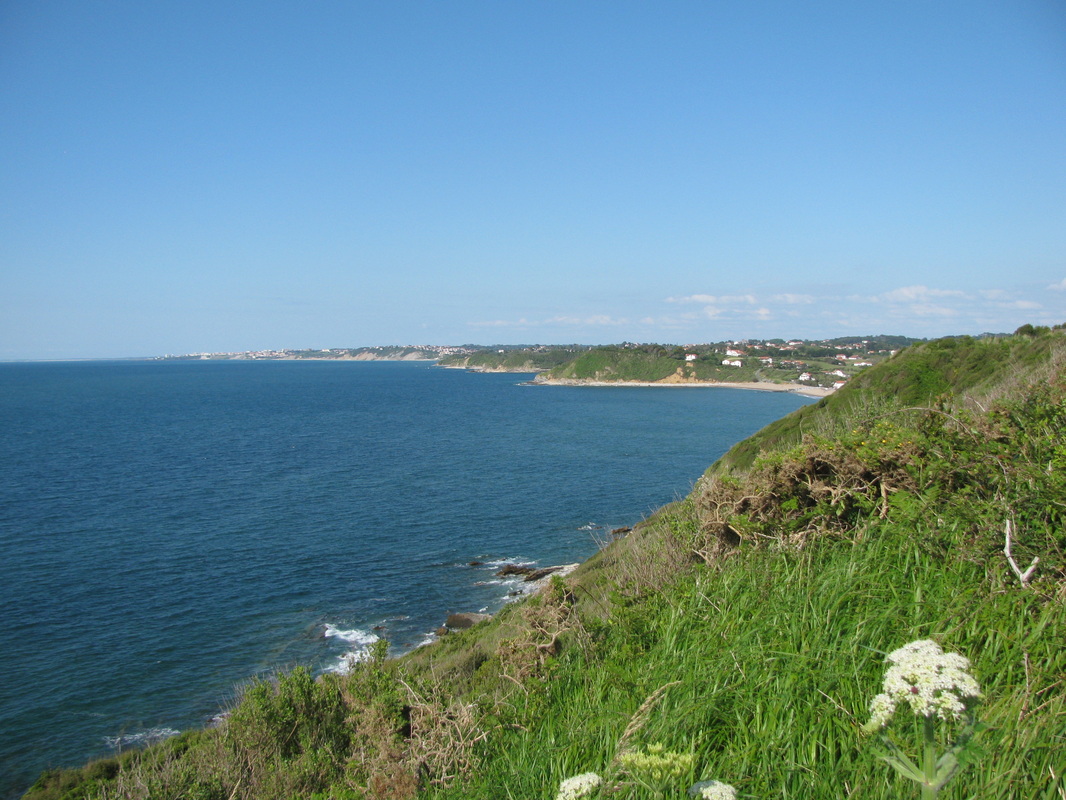
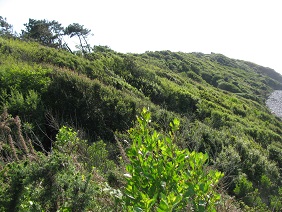
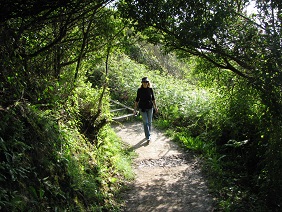
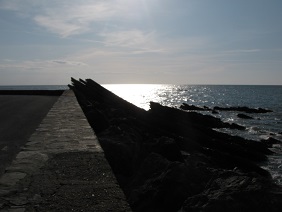
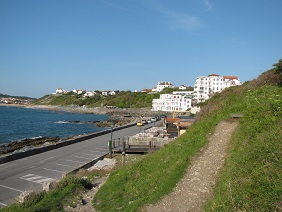
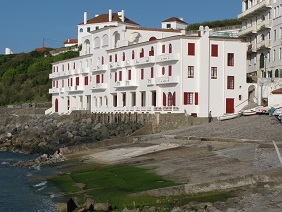
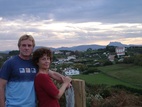
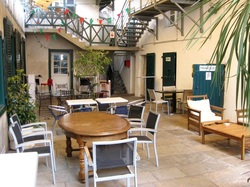
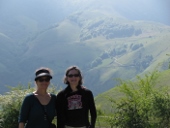
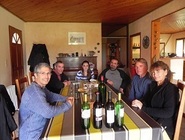

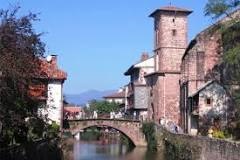
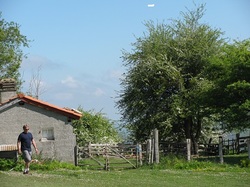
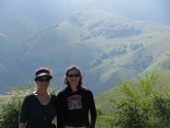
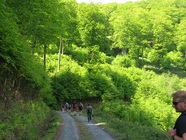
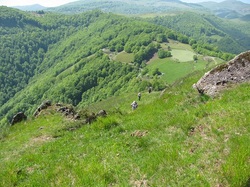
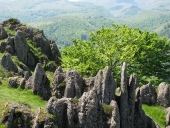
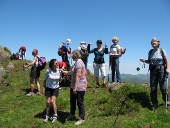
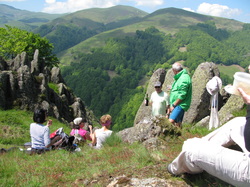





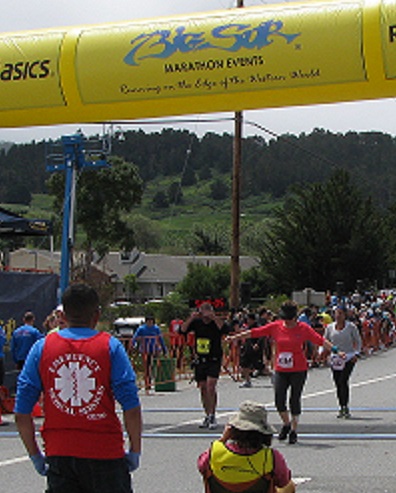
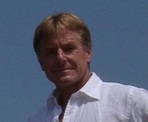
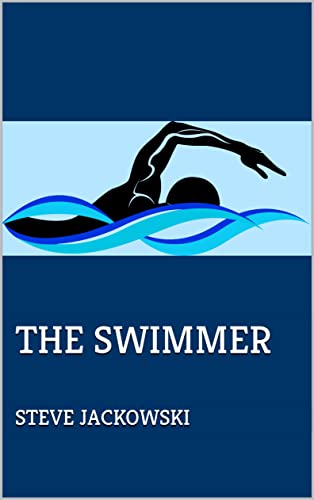
 RSS Feed
RSS Feed